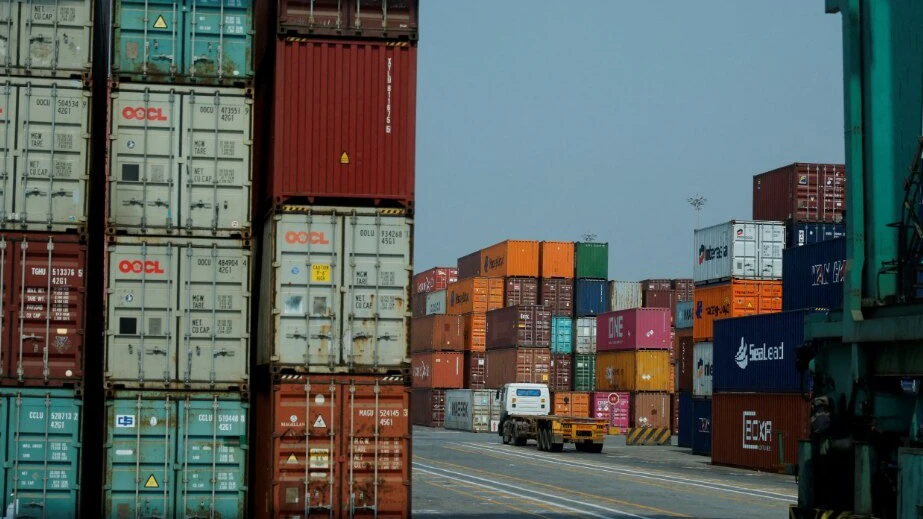A stark drop in Chinese exports to the US in May 2025 – down 34.5% year-on-year – signals a deepening of the US-China trade war and a rapid realignment of global trade routes.
As per fresh data from China Customs and India’s Commerce Ministry, the shift is already influencing trade patterns across Asia and beyond.
While China’s overall exports rose modestly by 4.6% to $316.2 billion, its shipments to the US fell from $44 billion to $28.8 billion. To counterbalance this, China ramped up exports to the EU, ASEAN and India. Shipments to India alone climbed 12.4% to $11.13 billion, raising the risk of potential dumping as Beijing looks for alternative markets.
India’s trade profile reflects this churn. Overall merchandise imports dropped slightly to $60.6 billion, but non-oil, non-gold imports surged by 12% to $41.2 billion. GST data underscores this, with IGST collections on imports jumping 72.9% – from ₹24,510 crore in May 2024 to ₹42,370 crore this year.
Two sectors stood out: electronics imports rose 27.5% to $9.1 billion, and machinery/computers increased 22% to $5 billion. India’s imports from China and Hong Kong together surged 22.4% to $12 billion.
On the export front, India gained from the trade war fallout, with shipments to the US rising 17.3% to $8.8 billion, aided by stronger smartphone exports.
But amid global instability – rising Middle East tensions and creeping protectionism – India’s trade outlook remains uncertain. “India must tread carefully,” the GTRI brief warns, urging balanced trade deals and stronger domestic reforms to safeguard economic resilience.
As tensions mount between the US and China, tariff negotiations remain a critical flashpoint in the unfolding trade war under Donald Trump’s administration. Washington’s aggressive tariff hikes have triggered sharp retaliations from Beijing, pushing both sides into a protracted economic standoff.
While talks have occasionally resumed, progress remains uncertain, hampered by strategic mistrust and competing geopolitical interests. The collapse in bilateral trade – exemplified by a 34.5% drop in China’s exports to the US in May 2025 – adds pressure for a breakthrough. However, any resolution hinges on whether the two governments can align on tariff rollbacks and enforcement mechanisms without appearing to concede politically.
